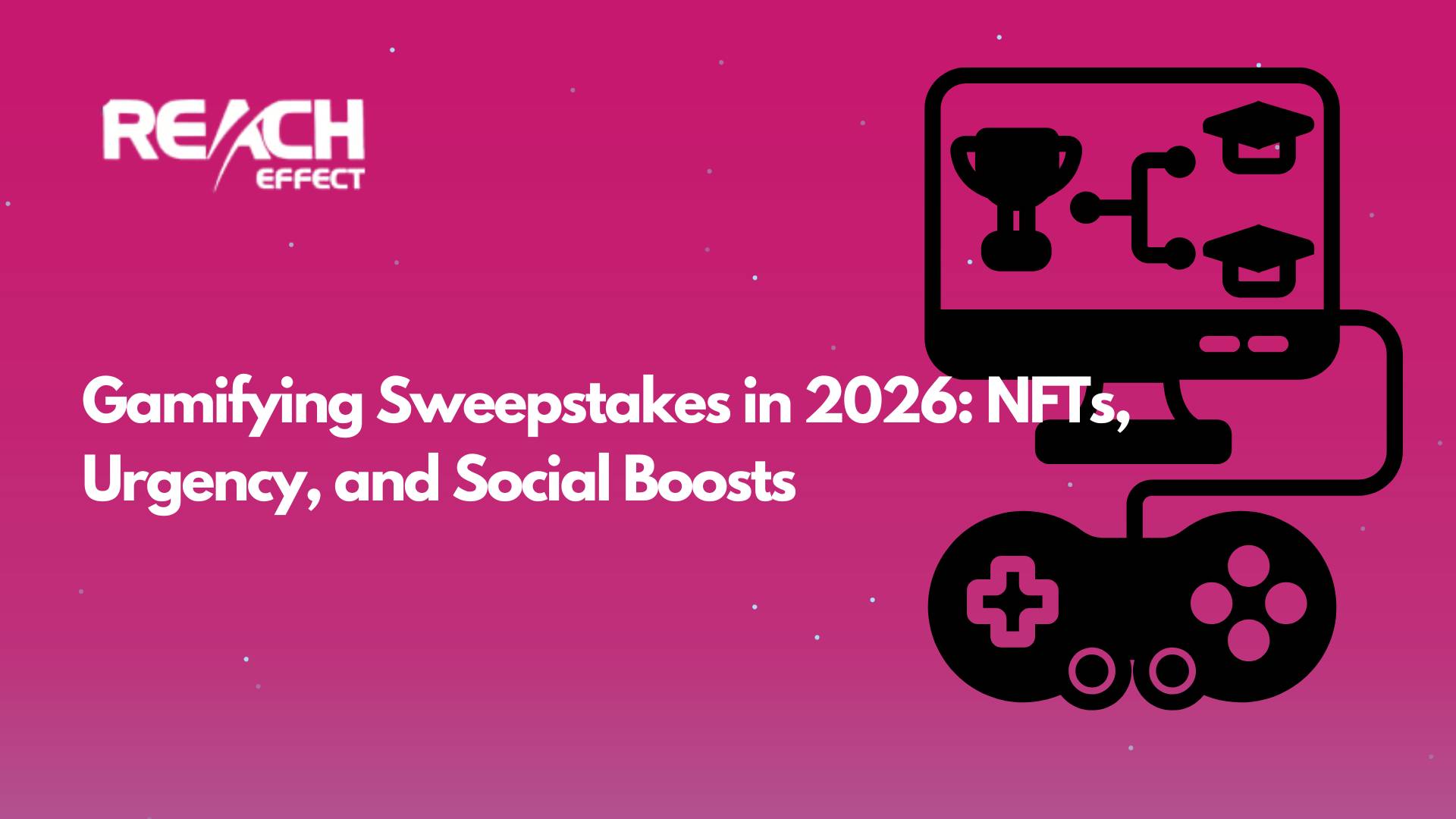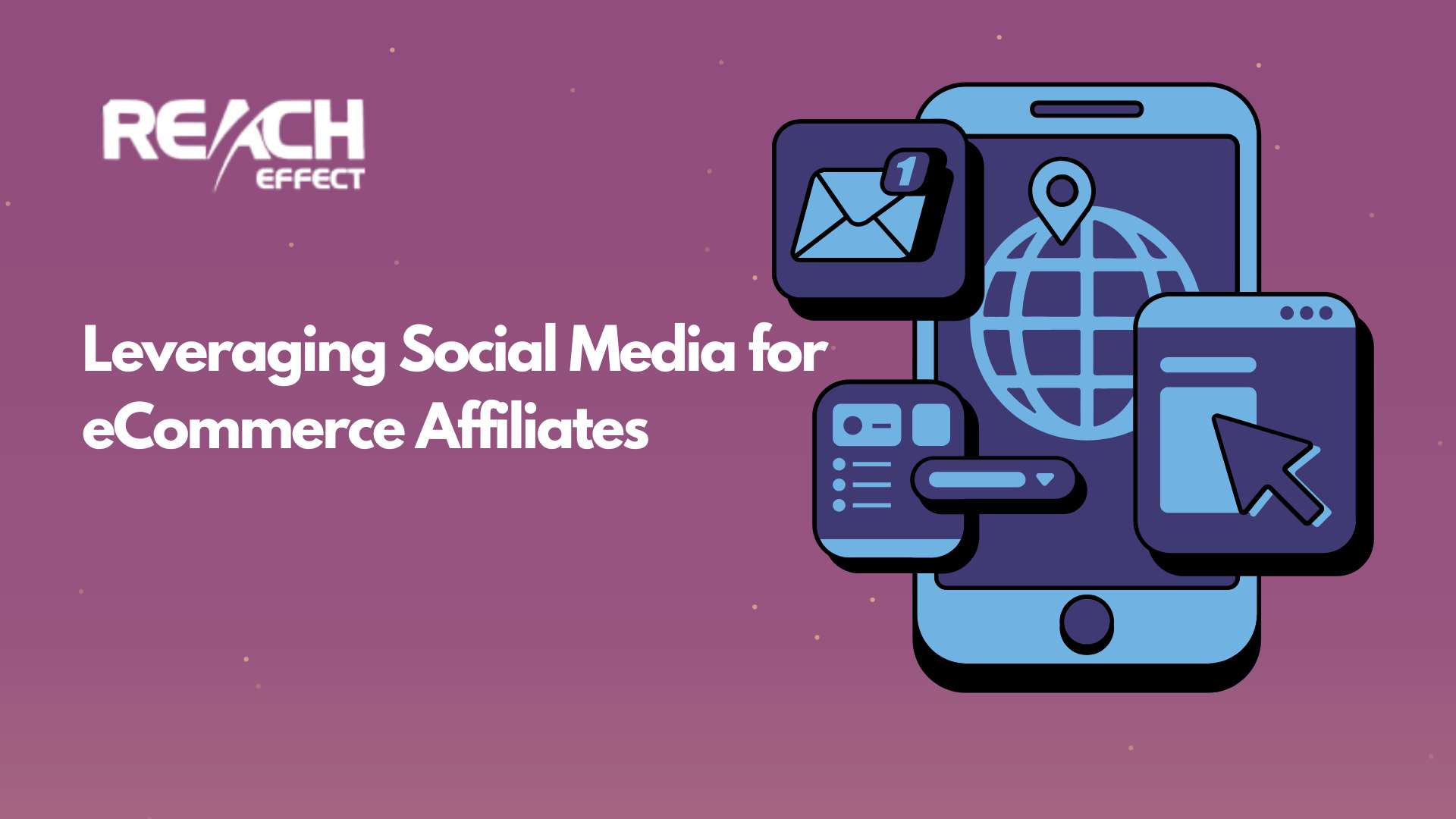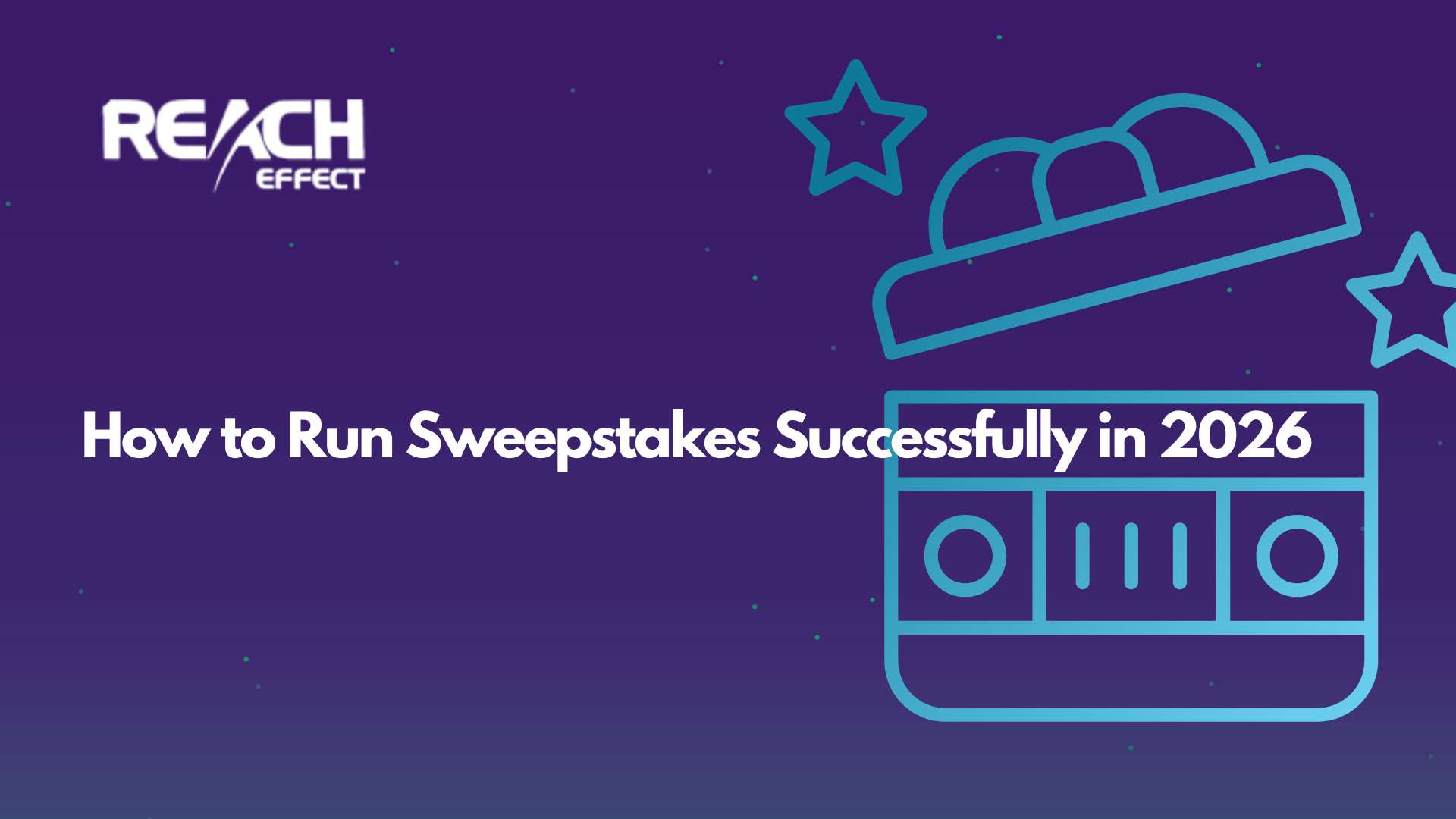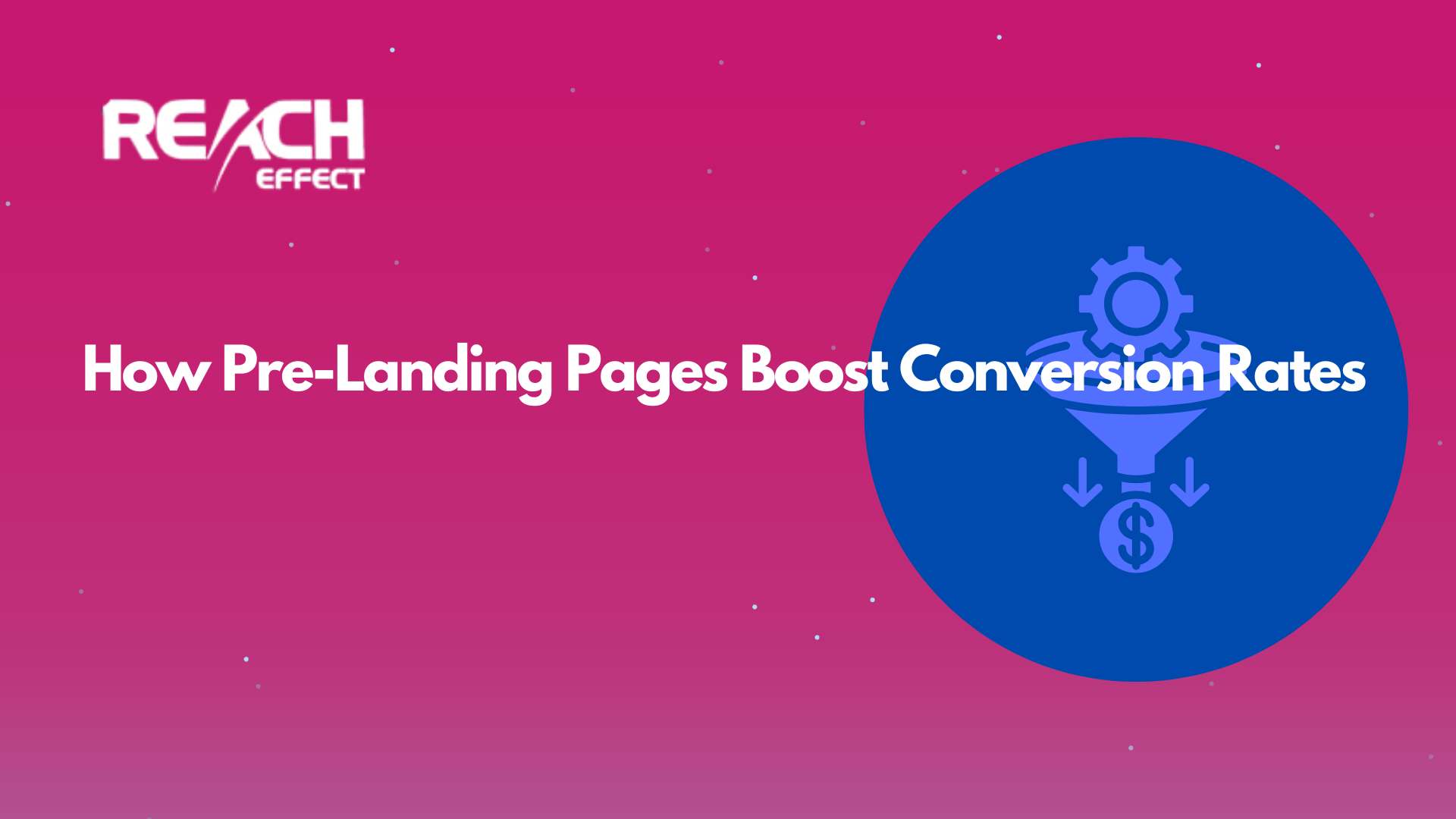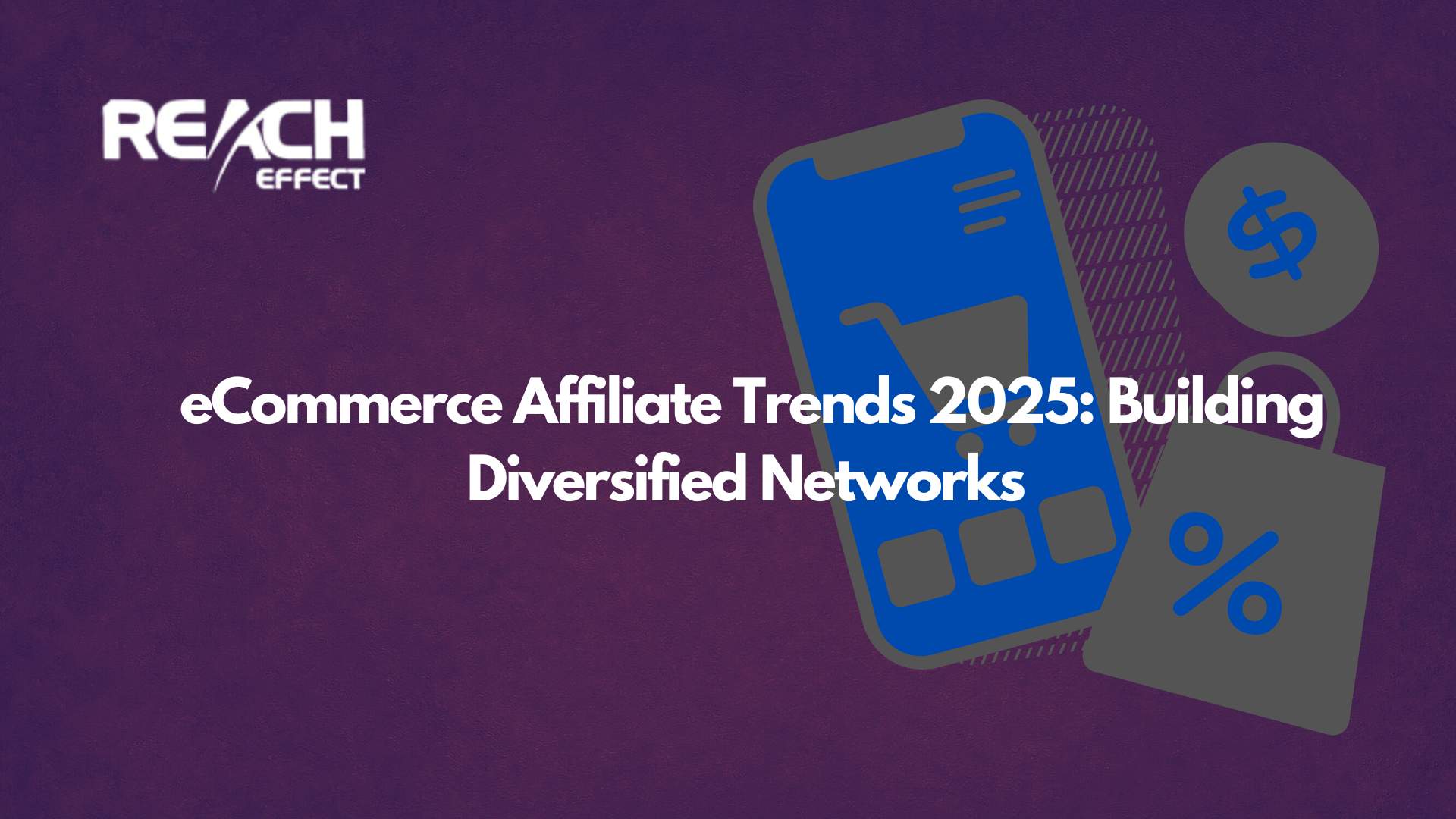It is a robust master plan that divides your audience into distinct sections. Shared tendencies or behaviors are the base of user segmentation. It is vital to understand different sections’ unique needs and preferences. This way, you can tailor your access to maximize commitment. Also, you may deliver more individualized experiences. This targeted path enhances customer satisfaction, drives retention, and boosts growth quota. With the help of our guide, you will get the most important information about this theme.
Thank you for reading this post, don't forget to subscribe!User Segmentation in Mobile Apps

It is in the context of mobile apps. Such partition involves categorizing the app’s user base into distinct groups. This process allows you to tailor your plans, communications, and usability. This way, you will meet each section’s specific needs and expectations.
Benefits of user segmentation in mobile app environments:
Individualized Usability:
- Tailored Content: The division enables personalized content and recommendations. It offers based on consumer preferences and behaviors. This enhances the overall user experience, making the app more relevant and engaging.
Improved User Retention:
- Targeted Communication: Developers can send targeted push notifications emails by understanding client behaviors. Also, they may ship in-app messages to re-engage customers. This personalized communication increases the likelihood of users returning to the app.
Enhanced Monetization Plans:
- Customized Monetization Models: Different client sections may respond differently to monetization plans. Among them are in-app purchases, subscriptions, or adverts. Segmentation allows developers to install customized monetization models for each group. It optimizes revenue generation.
In summary, user segmentation in mobile apps is a strategic access. That empowers developers to understand, engage, and keep their user base more effectively. The benefits extend across user satisfaction, retention, and monetization. Its overall app performance makes it a crucial aspect of mobile app development and marketing plans.
Strategies for Effective Mobile App User Segmentation

User segmentation in mobile apps involves categorizing the user base into distinct groups. Shared characteristics, behaviors, or preferences are their base. This process allows them to tailor their strategies, communications, and usability. It helps to meet each segment’s specific needs and expectations.
Geographic sectionalization
It involves categorizing mobile app users based on their geographical location. Developers enhance relevance and enmeshment by tailoring content and features. Also, it is in marketing promotions to specific regions. This strategy acknowledges customers’ diverse needs and cultural nuances across different locations. Geographic segmentation ensures a more personalized app experience. It fosters connections with clients on a local level and optimizes the app for varying preferences and contexts.
Demographic division
It utilizes customer segmentation analytics to categorize clients based on quantifiable traits. Among them are age, gender, income, and education. Businesses leverage these key analytics to gain valuable insights into their diverse user base. This strategy enables personalized marketing approaches, content creation, and product development. It ensures a tailored user experience. That aligns with the unique characteristics and preferences of specific demographic groups.
Psychographic partition
It involves customer segmentation analytics to categorize clients based on psychological factors. Among them are lifestyle, values, interests, and personality traits. You gain a deep understanding of their motivations by employing these key analytics. This plan allows for the creation of personalized experiences and marketing messages. Also, product offerings resonate with the unique psychographic profiles of distinct customer segments.



